Home>Garden Essentials>How Many Seeds In A Strawberry
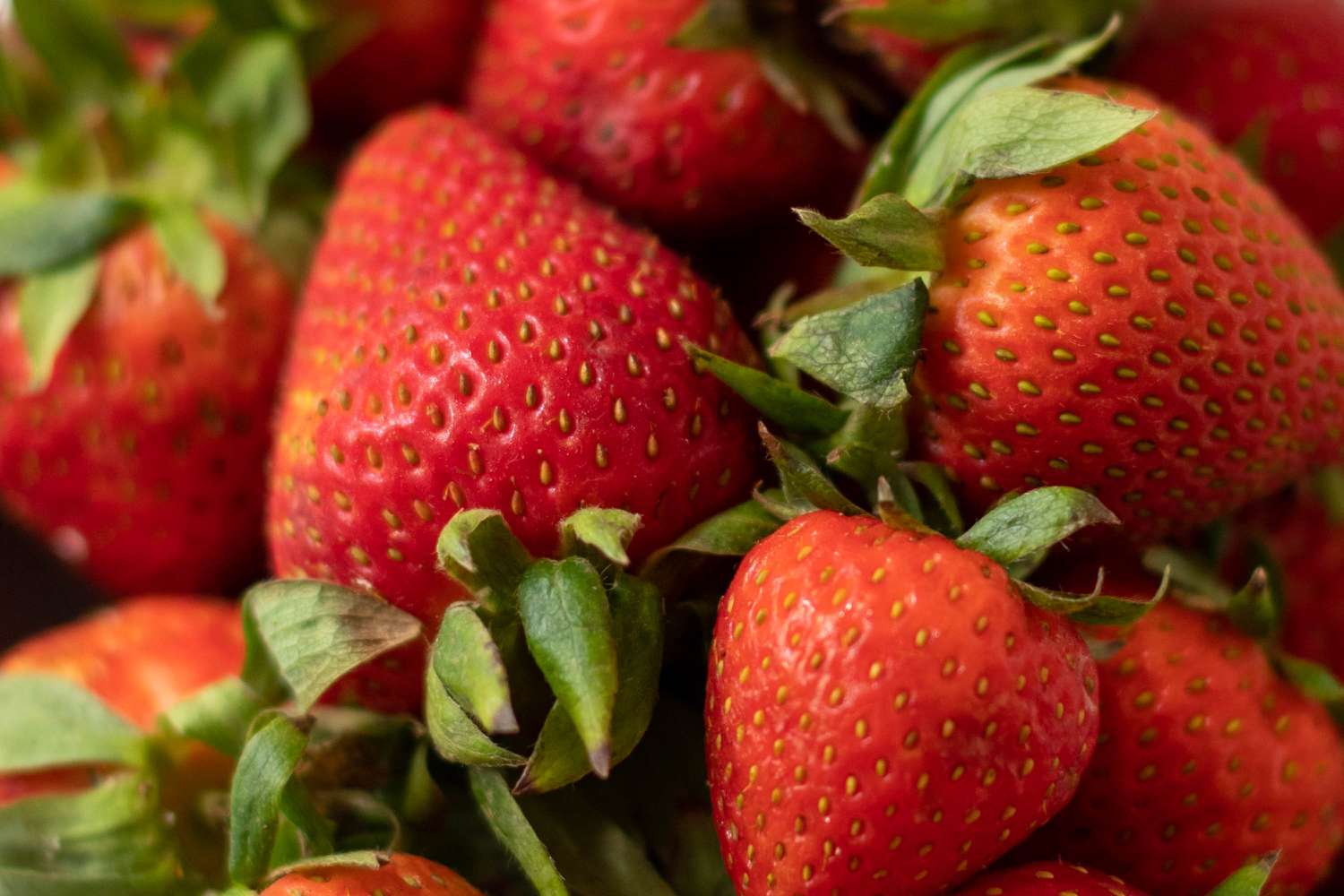

Garden Essentials
How Many Seeds In A Strawberry
Modified: March 15, 2024
Discover the answer to how many seeds are in a strawberry in your garden. Learn about the fascinating process of seed development in strawberries.
(Many of the links in this article redirect to a specific reviewed product. Your purchase of these products through affiliate links helps to generate commission for Storables.com, at no extra cost. Learn more)
Introduction
When biting into a juicy, ripe strawberry, you may not pay much attention to the tiny seeds scattered throughout the fruit. While these minuscule seeds may seem inconspicuous, they play a critical role in the life cycle and propagation of the strawberry plant.
In this article, we will delve into the fascinating world of strawberry seeds, exploring their distribution, variations in seed count, and the factors that influence the number of seeds in each strawberry. Additionally, we will discuss the importance of pollination in strawberry seed development, how to harvest and count strawberry seeds, and the uses and benefits of these tiny but mighty seeds.
So let’s dig deeper into the anatomy of a strawberry and uncover the secrets behind the number of seeds found in these delectable fruits.
Key Takeaways:
- Strawberry seeds are crucial for plant growth and reproduction, influenced by genetics, pollination, and environmental factors. They offer various uses, from plant propagation to culinary applications and skincare, showcasing their versatility and nutritional value.
- The uneven distribution and variations in seed count among different strawberry varieties highlight the importance of pollination in seed development. Harvesting and counting strawberry seeds can be a rewarding process, offering opportunities for exchange and propagation in the world of gardening.
Read more: How Many Seeds In Strawberry
The Anatomy of a Strawberry
Before we dive into the world of strawberry seeds, let’s take a moment to appreciate the intricacies of a strawberry’s anatomy. A strawberry is not just a sweet and juicy fruit; it is actually a complex structure composed of several different parts.
At the core of the strawberry is the receptacle, which is the fleshy part that holds all the individual seeds. Surrounding the receptacle are the seeds themselves, which are embedded in small pits called achenes. Each achene contains a single seed and is technically considered a fruit. This means that a strawberry is not a true berry, but rather an aggregate fruit consisting of numerous achenes.
The fleshy exterior of a strawberry is known as the pericarp, which is divided into three distinct layers. The outer layer, called the exocarp, provides protection and serves as a barrier against pests and environmental factors. The middle layer, known as the mesocarp, is responsible for the strawberry’s texture and juiciness. The innermost layer, known as the endocarp, is the thin membrane that surrounds each individual seed.
Now that we have a basic understanding of a strawberry’s structure, let’s explore how seeds are distributed within this scrumptious fruit.
Seed Distribution in Strawberries
When you slice open a strawberry, you will notice that the seeds are not evenly dispersed throughout the fruit. Instead, they tend to cluster towards the exterior, closer to the surface of the strawberry. This uneven distribution is due to the way strawberries develop and grow.
During the early stages of strawberry development, the receptacle grows rapidly, pushing the young achenes towards the outer layer of the fruit. As the strawberry continues to mature, the seeds remain concentrated near the surface, while the fleshy part of the fruit expands and becomes juicier.
The uneven distribution of seeds in strawberries can be advantageous from a reproductive perspective. When a strawberry is consumed by an animal or a bird, they are more likely to disperse the seeds by depositing them in a different location. This helps promote the spread and colonization of the strawberry plant in new areas.
Now that we understand how the seeds are distributed within a strawberry, let’s explore the factors that can influence the number of seeds in each fruit.
Factors Affecting the Number of Seeds in a Strawberry
The number of seeds found in a strawberry can vary depending on several factors. Let’s take a look at some of the key factors that can influence the seed count in these delicious fruits:
- Genetics: The genetic makeup of the strawberry plant plays a significant role in determining the number of seeds in each fruit. Different strawberry varieties may have genetic variations that result in varying seed counts. Some varieties are naturally predisposed to produce more seeds, while others may have fewer seeds.
- Pollination: The pollination process is crucial for seed development in strawberries. When a strawberry flower is pollinated by a bee, butterfly, or other pollinators, pollen grains from the male part of the flower (the anther) are transferred to the female part (the stigma). Successful pollination leads to fertilization and the formation of seeds. Insufficient pollination or poor pollen quality can result in a lower seed count in strawberries.
- Environmental Factors: The environment in which a strawberry plant grows can impact the seed development process. Factors such as temperature, humidity, sunlight exposure, and soil conditions can influence the plant’s overall health and reproductive capabilities. Optimal growing conditions can contribute to higher seed production, while unfavorable conditions may lead to fewer seeds.
- Cultivation Practices: The way strawberries are cultivated and cared for also affects their seed count. Proper fertilization, irrigation, and pest control measures can promote healthy plant growth and increase seed production. On the other hand, inadequate care or improper cultivation techniques may result in reduced seed counts.
- Maturity and Size: The stage of maturity and the size of the strawberry can impact seed count. Generally, as a strawberry matures, the number of seeds it contains tends to increase. Additionally, larger strawberries may have more space to accommodate a greater number of seeds.
It’s important to note that these factors interact with each other, and the exact seed count in strawberries can vary from fruit to fruit and plant to plant. Now that we understand the factors influencing seed count, let’s explore the variations in seed count among different strawberry varieties.
Seed Count Variations in Different Strawberry Varieties
When it comes to strawberries, not all varieties are created equal in terms of seed count. Different strawberry cultivars can exhibit significant variations in the number of seeds found in each fruit. Let’s explore some common strawberry varieties and their seed count characteristics:
- Everbearing Strawberries: Everbearing strawberries, also known as day-neutral strawberries, are a popular type of strawberry that produces fruit throughout the growing season. These strawberries tend to have a moderate seed count, typically ranging from around 100 to 200 seeds per fruit.
- June-Bearing Strawberries: June-bearing strawberries are known for their high-quality and abundant harvest in late spring to early summer. While there can be variations among specific cultivars within this category, they generally have a higher seed count compared to everbearing strawberries. Seed counts in June-bearing strawberries can range from 200 to 400 seeds per fruit.
- Wild Strawberries: Wild strawberries, also known as woodland strawberries or alpine strawberries, are small but packed with flavor. These strawberries are often prized for their intense sweetness and aromatic qualities. Seed counts in wild strawberries tend to be lower, usually ranging from 50 to 100 seeds per fruit.
- Giant Strawberries: As the name implies, giant strawberries are larger in size compared to other varieties. The increased size of these strawberries allows for more space, resulting in a higher seed count. Seed counts in giant strawberries can exceed 400 seeds per fruit in some cases.
- Unique Varieties: There are also unique and rare strawberry varieties that exhibit distinctive characteristics, including seed count variations. Some varieties may have specialized breeding or genetic traits that result in either higher or lower seed counts.
Remember that these seed count ranges are only general estimates, and specific values may vary depending on several factors, including growing conditions, cultivation practices, and individual fruit characteristics.
Now that we have explored the seed count variations in different strawberry varieties, let’s move on to understand the crucial role of pollination in strawberry seed development.
The average strawberry has around 200 seeds on its outer surface.
Read more: How Many Seeds On Strawberry
The Role of Pollination in Strawberry Seed Development
Pollination plays a crucial role in the development of strawberry seeds. It is the process by which pollen, containing the male gametes, is transferred from the male part of the flower (anther) to the female part (stigma). Successful pollination leads to fertilization, which is necessary for the formation of seeds.
In the case of strawberries, they have a unique floral anatomy that requires the assistance of pollinators to transfer pollen effectively. The strawberry flower is considered “self-incompatible,” meaning it cannot pollinate itself. Consequently, it relies on external agents such as bees, butterflies, and other insects to facilitate pollination.
When a pollinator visits a strawberry flower, it brushes against the anthers, which are covered in pollen. Some of this pollen sticks to the pollinator’s body and is then transferred to the stigma of another flower, cross-pollinating it. This transfer of pollen triggers fertilization and ultimately results in the development of seeds.
The quality and quantity of pollen can greatly influence the success of pollination. Healthy and viable pollen is essential for the fertilization process. Factors such as the presence of enough pollinators, pollen availability, and the proximity of other strawberry plants can significantly impact the pollination process and, consequently, the seed development in strawberries.
It’s worth noting that strawberries can also produce seeds through a process called apomixis, where the embryo develops without fertilization. However, the majority of strawberry seeds are formed through the traditional pollination process.
In commercial strawberry production, farmers often introduce beehives near the strawberry fields to ensure adequate pollination. This practice helps maximize the chances of successful fertilization and seed development, leading to higher yields and better fruit quality.
Now that we understand the importance of pollination in strawberry seed development, let’s explore how to harvest and count strawberry seeds for various uses.
Harvesting and Counting Strawberry Seeds
Harvesting and counting strawberry seeds can be an enjoyable and rewarding process for gardeners and plant enthusiasts. Here is a step-by-step guide on how to harvest and count strawberry seeds:
- Selecting Ripe Strawberries: Choose fully ripe strawberries for seed harvesting. Ripe strawberries are typically deep red in color and have a sweet aroma. Make sure the strawberries are free from any signs of mold or disease.
- Extracting the Seeds: Gently slice open the ripe strawberry. Use a spoon or a small knife to carefully scrape out the seeds from the fleshy interior. Place the seeds in a clean container, such as a glass jar or a small dish.
- Cleaning the Seeds: Rinse the harvested seeds under cool, running water to remove any pulp or residue. Use a fine mesh sieve to separate the seeds from the water and allow them to drain thoroughly.
- Drying the Seeds: Transfer the cleaned seeds onto a paper towel or a fine mesh sieve and spread them out in a single layer. Allow the seeds to air dry in a well-ventilated area for several days. Make sure to keep the seeds away from direct sunlight or heat sources.
- Counting and Storing the Seeds: Once the seeds have dried completely, they can be counted. Use a magnifying glass if necessary to accurately count the tiny seeds. Record the seed count for each strawberry variety, if desired. Store the seeds in airtight containers, such as envelopes or small plastic bags, in a cool and dry place until ready for planting or further use.
It’s important to note that strawberry seeds may have a low germination rate, so it’s generally recommended to harvest a larger quantity of seeds to improve the chances of successful propagation.
Harvested strawberry seeds can be used for various purposes, such as growing new plants, exchanging with other gardeners, or even for culinary uses. Now, let’s explore the uses and benefits of strawberry seeds.
Uses and Benefits of Strawberry Seeds
While strawberry seeds may be small, they possess several uses and benefits that extend beyond just the propagation of new strawberry plants. Let’s take a look at some of the ways strawberry seeds can be utilized:
- Plant Propagation: One of the primary uses of strawberry seeds is for growing new plants. By collecting and planting these seeds, gardeners can produce a wide variety of strawberry plants, each with its own unique traits and characteristics.
- Seed Exchange: Strawberry seeds are often exchanged among gardeners, enthusiasts, and botanical organizations. This allows for the preservation and sharing of different strawberry varieties, contributing to biodiversity and genetic diversity in strawberry cultivation.
- Culinary Applications: While the seeds themselves are typically too small and numerous to be noticeable in culinary preparations, they can be used in some creative ways. For example, ground strawberry seeds can be added to smoothies, baked goods, or sprinkled on top of salads for a subtle crunch and nutritional boost.
- Nutritional Value: Strawberry seeds are a good source of dietary fiber and contain essential fatty acids, such as omega-3 and omega-6. These nutrients contribute to a healthy digestive system and help maintain cardiovascular health.
- DIY Skincare Products: Some people incorporate strawberry seeds into homemade skincare products, such as exfoliating scrubs or face masks. The fine texture of the seeds can help gently remove dead skin cells and reveal smoother, more radiant skin.
- Tea Infusion: Strawberry seed tea can be made by steeping crushed strawberry seeds in hot water. This infused tea is believed to have antioxidant properties and may provide various health benefits, including immune support and improved digestion.
- Gardening Crafts: Strawberry seeds can be used for decorative purposes in gardening crafts. They can be embellished onto handmade paper, embedded in resin jewelry, or utilized as part of art projects, adding a unique and natural touch.
Overall, strawberry seeds offer a multitude of uses and benefits, ranging from plant propagation to culinary applications and even skincare. Their versatility and nutritional value make them a valuable resource for both gardeners and enthusiasts alike.
Now that we have explored the uses and benefits of strawberry seeds, let’s wrap up our discussion.
Conclusion
Strawberry seeds may be tiny, but they hold great significance in the life cycle of a strawberry plant. Through their distribution, variations in seed count, and the role of pollination, these seeds contribute to the growth and propagation of this beloved fruit.
We’ve learned that strawberry seeds are unevenly distributed within the fruit, often concentrated towards the surface. Factors such as genetics, pollination, environmental conditions, cultivation practices, and fruit maturity can all influence the number of seeds found in a strawberry.
Different strawberry varieties exhibit variations in seed count, ranging from the moderate seed count of everbearing strawberries to the higher counts found in June-bearing and giant strawberries. Wild strawberries, on the other hand, tend to have fewer seeds due to their small size.
Pollination plays a vital role in seed development, as strawberries rely on external agents like bees and other insects to transfer pollen and facilitate fertilization. Adequate pollination leads to successful seed formation and ensures the continuation of the strawberry plant’s life cycle.
For those interested in harvesting and counting strawberry seeds, the process involves selecting ripe strawberries, extracting and cleaning the seeds, drying them, and ultimately storing them for future use or exchange with other gardeners.
Strawberry seeds offer various uses and benefits beyond plant propagation. They can be used in culinary applications, incorporated into skincare products, exchanged among enthusiasts, and even used for gardening crafts. Additionally, strawberry seeds possess nutritional value, contributing dietary fiber and essential fatty acids to our diets.
In conclusion, strawberry seeds are small yet mighty, playing a critical role in the growth, diversity, and propagation of these delectable fruits. Whether you’re a gardener, a culinary enthusiast, or a lover of unique botanical treasures, strawberry seeds offer a world of possibilities and merits our appreciation.
So, the next time you bite into a juicy strawberry, take a moment to admire the seeds within and remember their importance in the wonderful world of gardening and nature.
Frequently Asked Questions about How Many Seeds In A Strawberry
Was this page helpful?
At Storables.com, we guarantee accurate and reliable information. Our content, validated by Expert Board Contributors, is crafted following stringent Editorial Policies. We're committed to providing you with well-researched, expert-backed insights for all your informational needs.
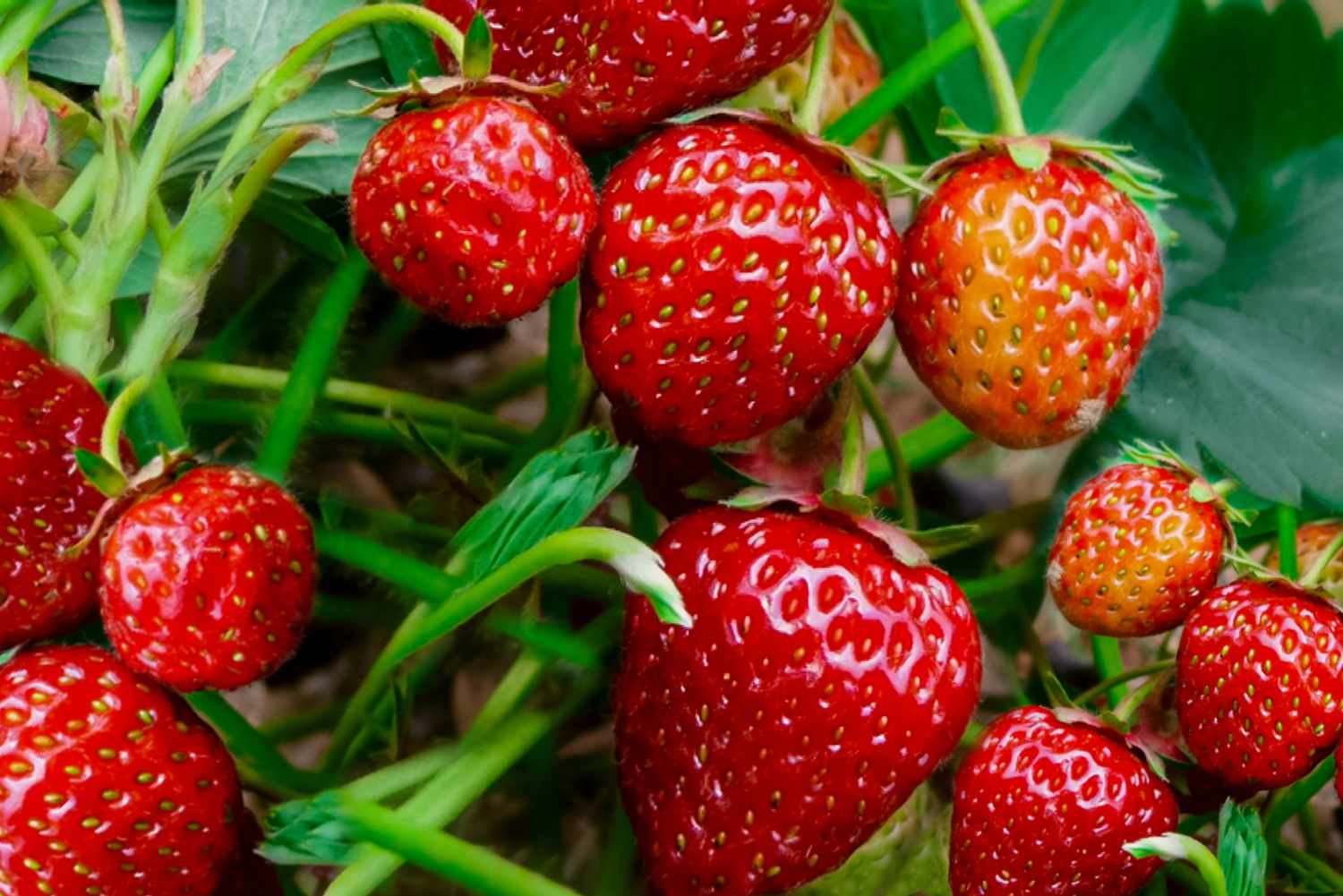
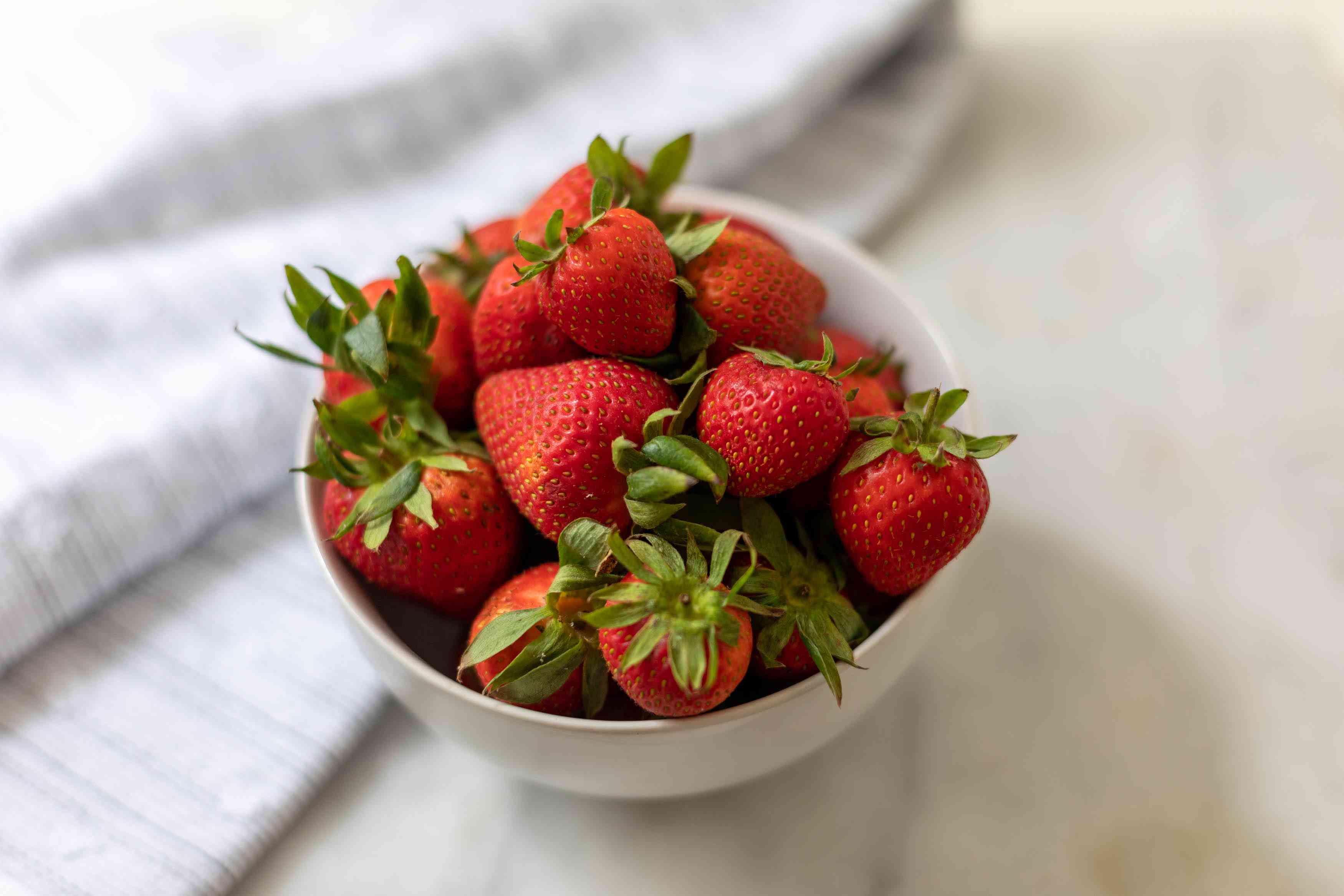
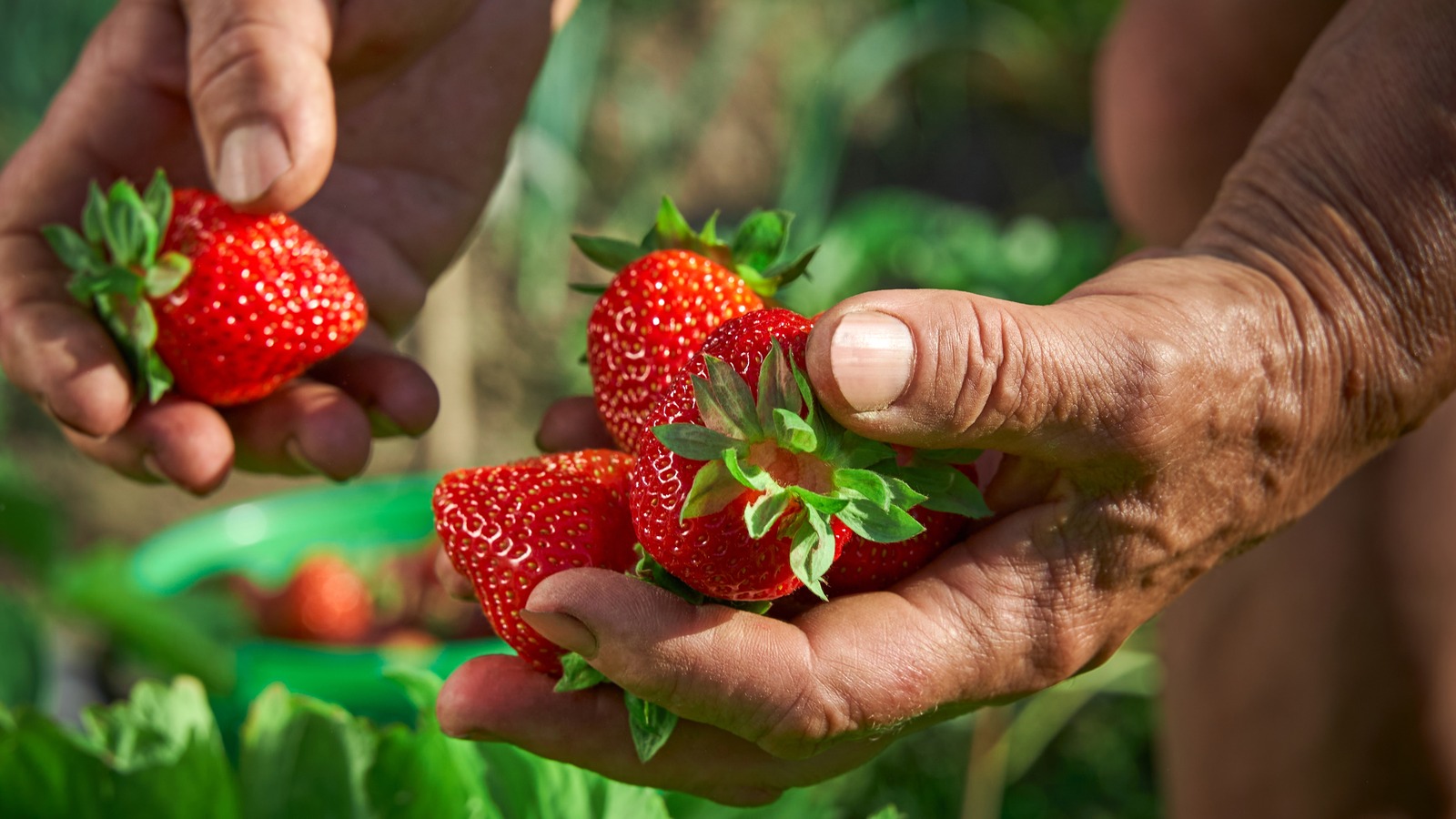
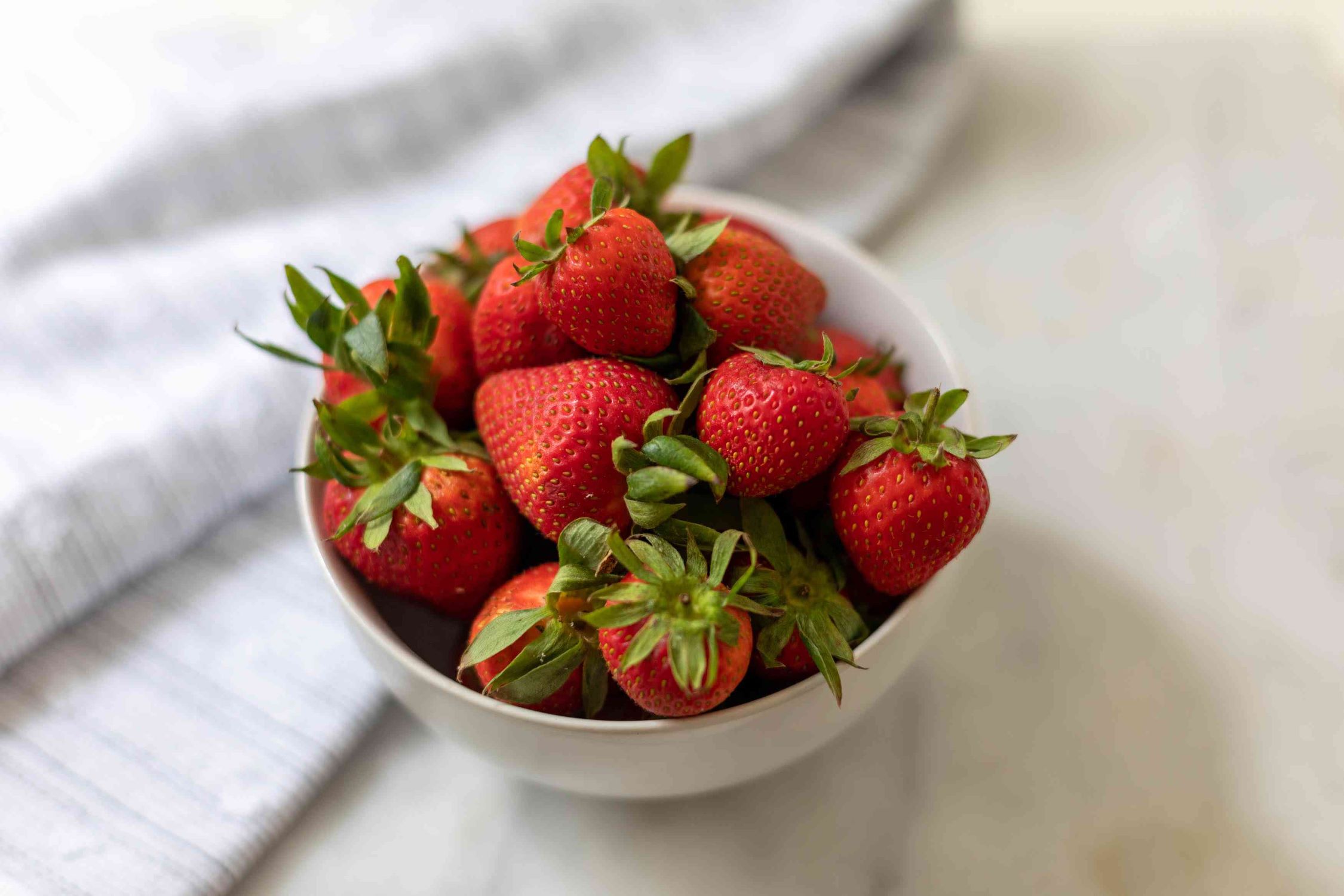
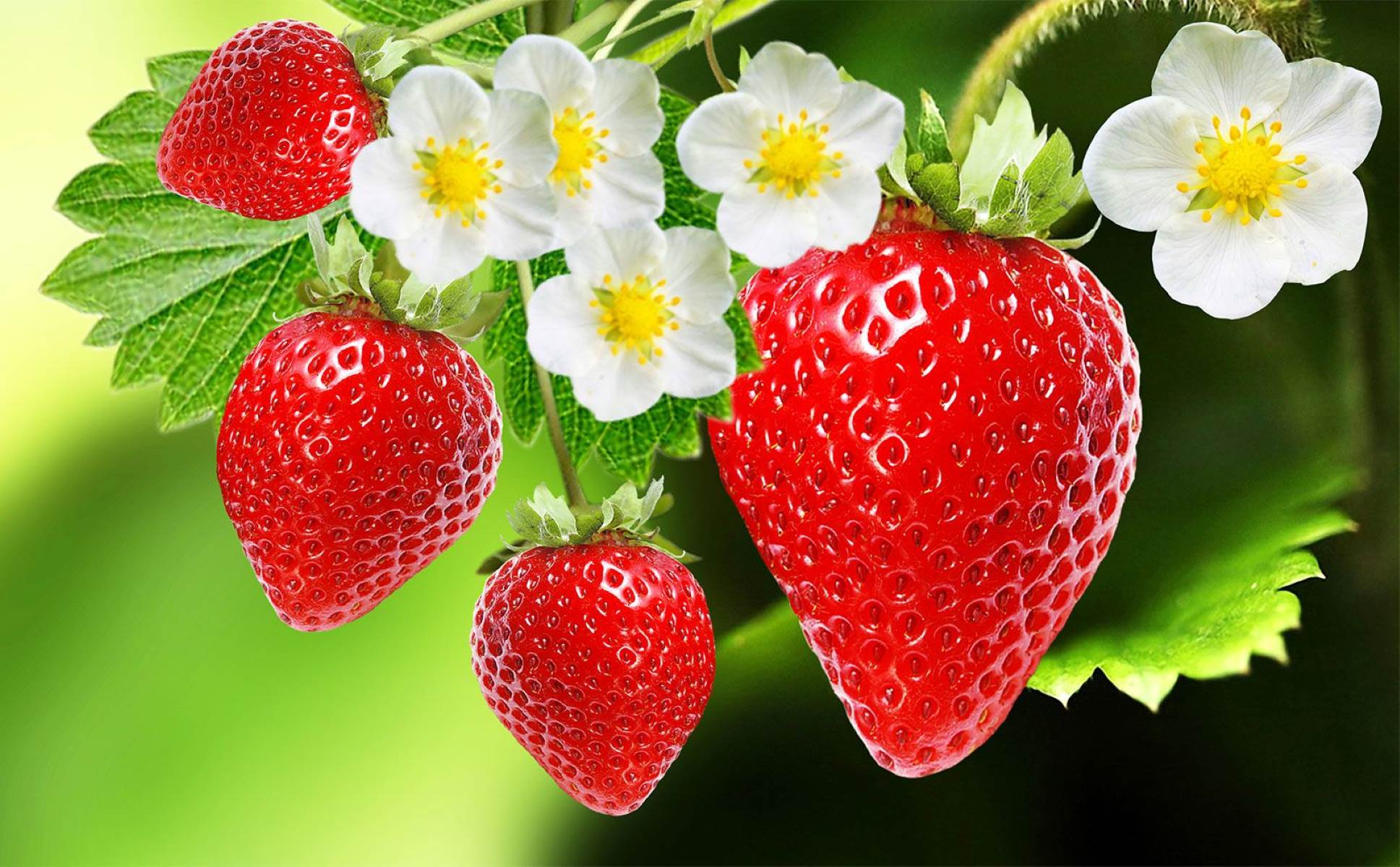
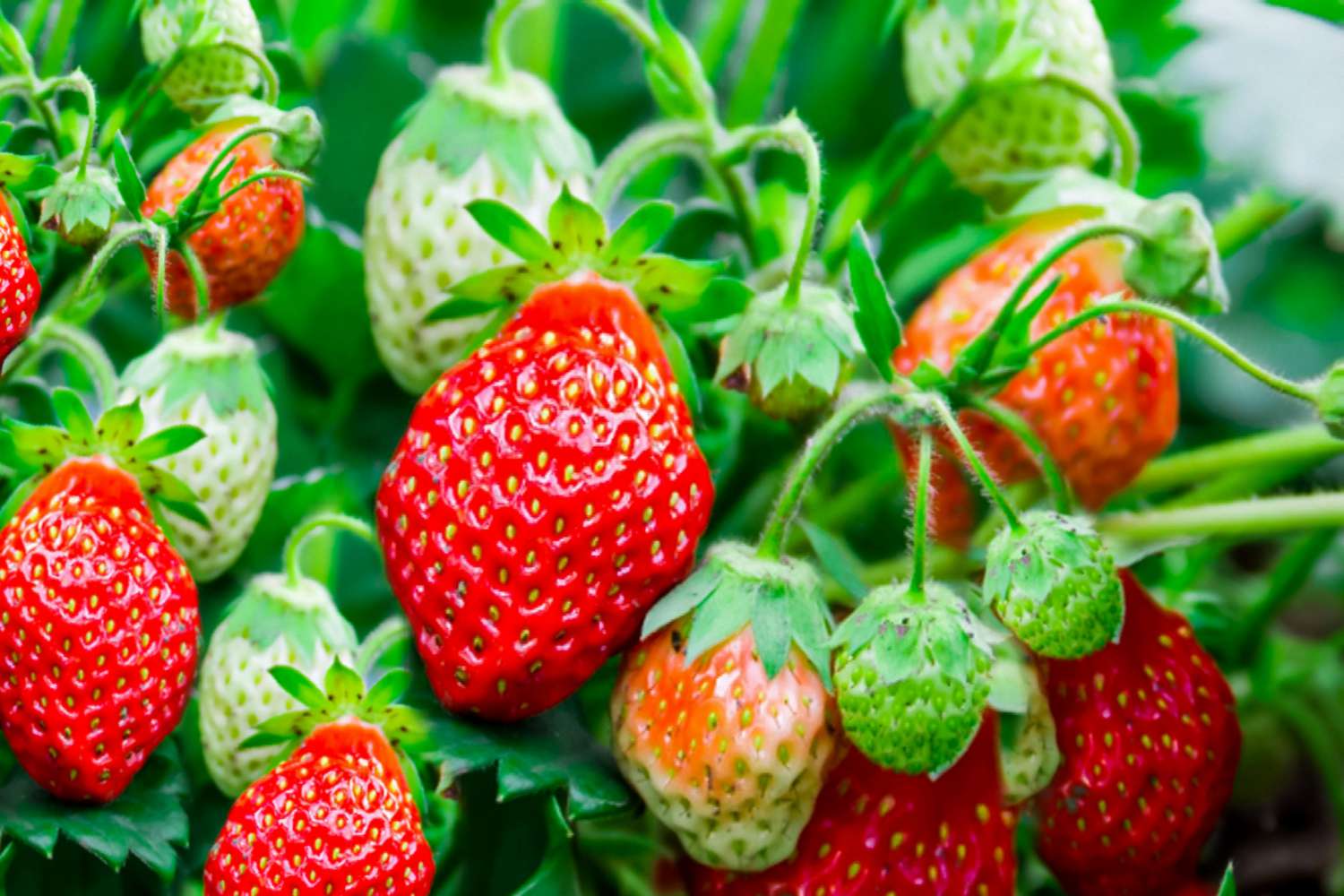
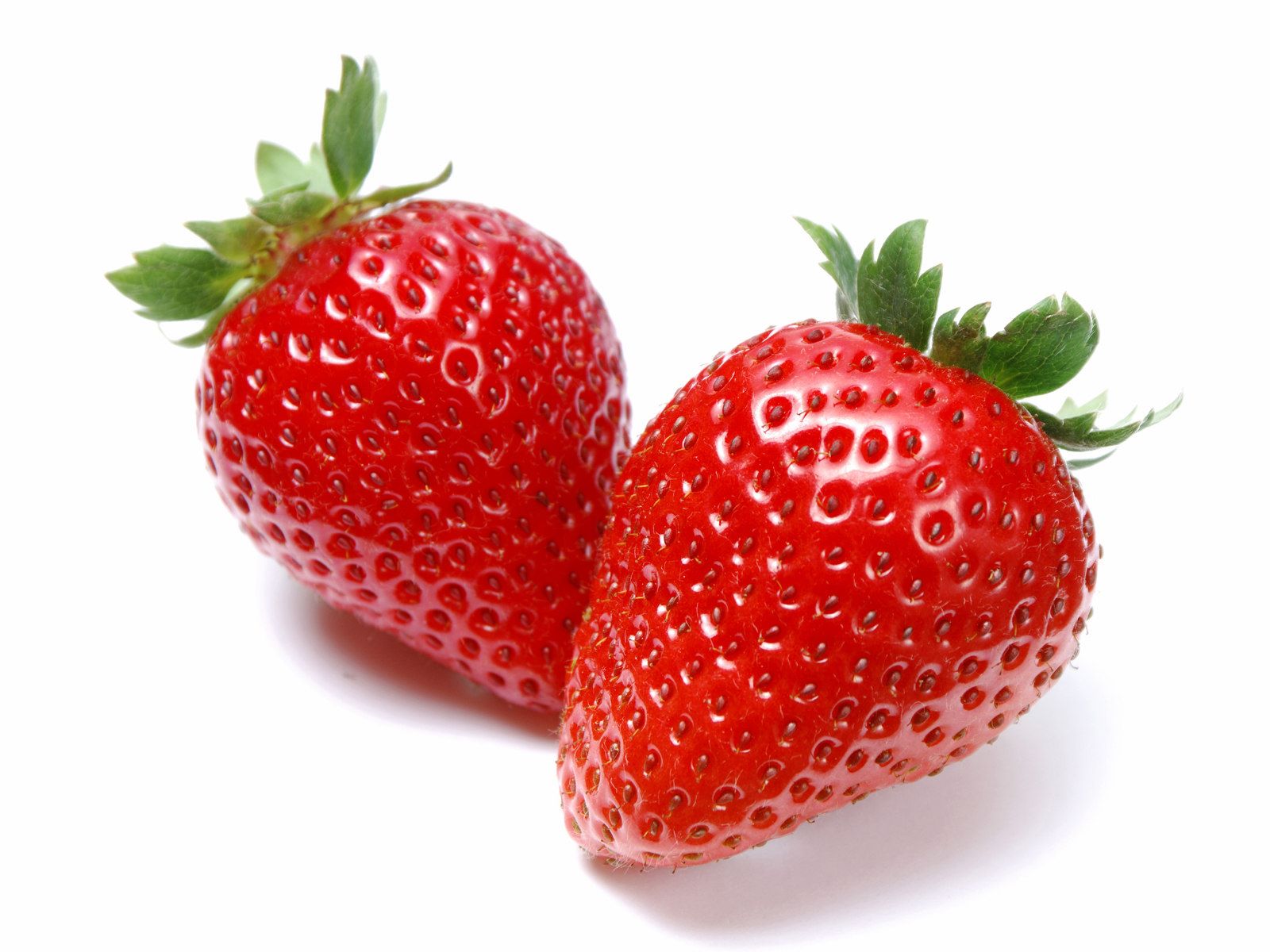
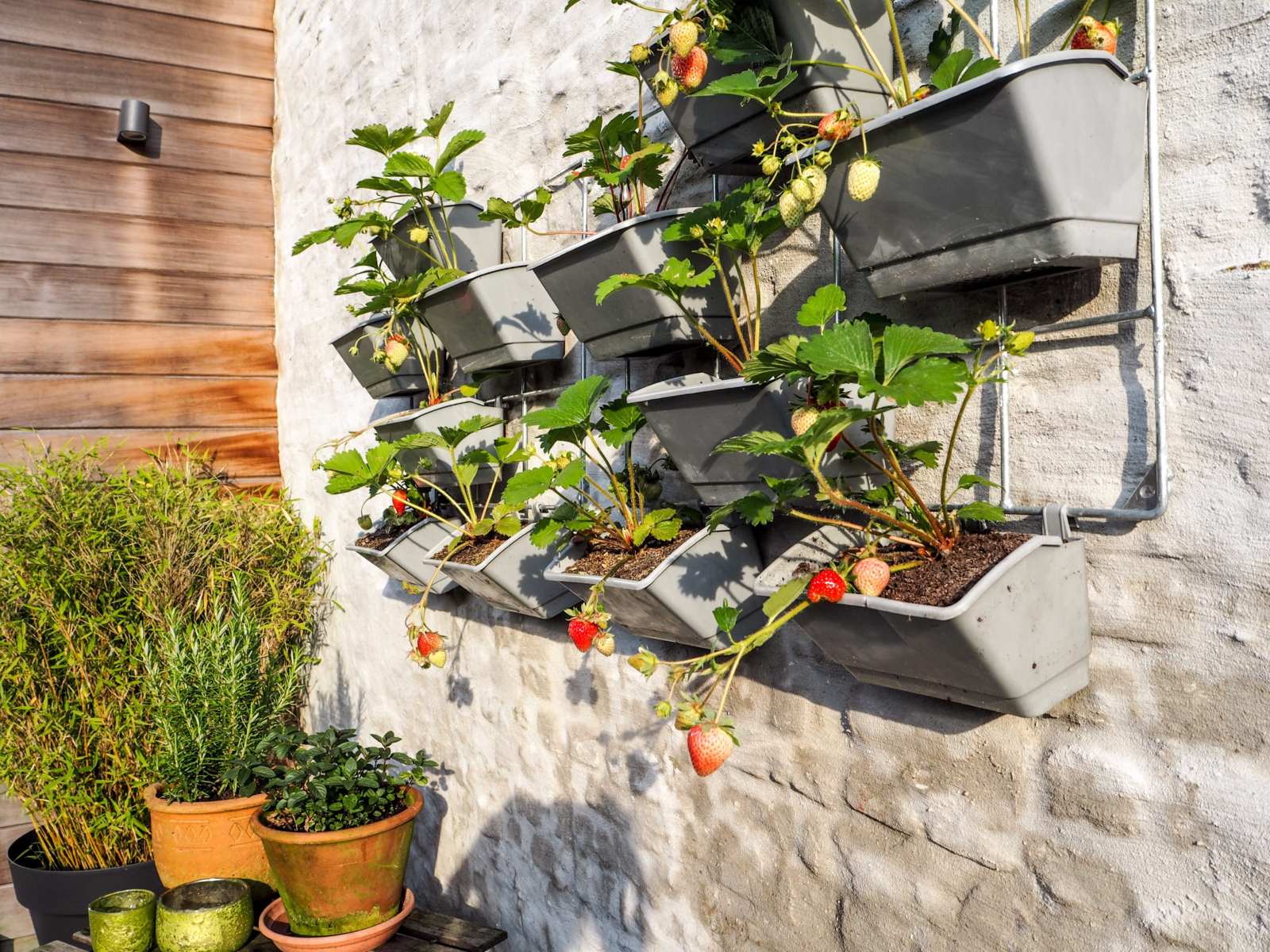
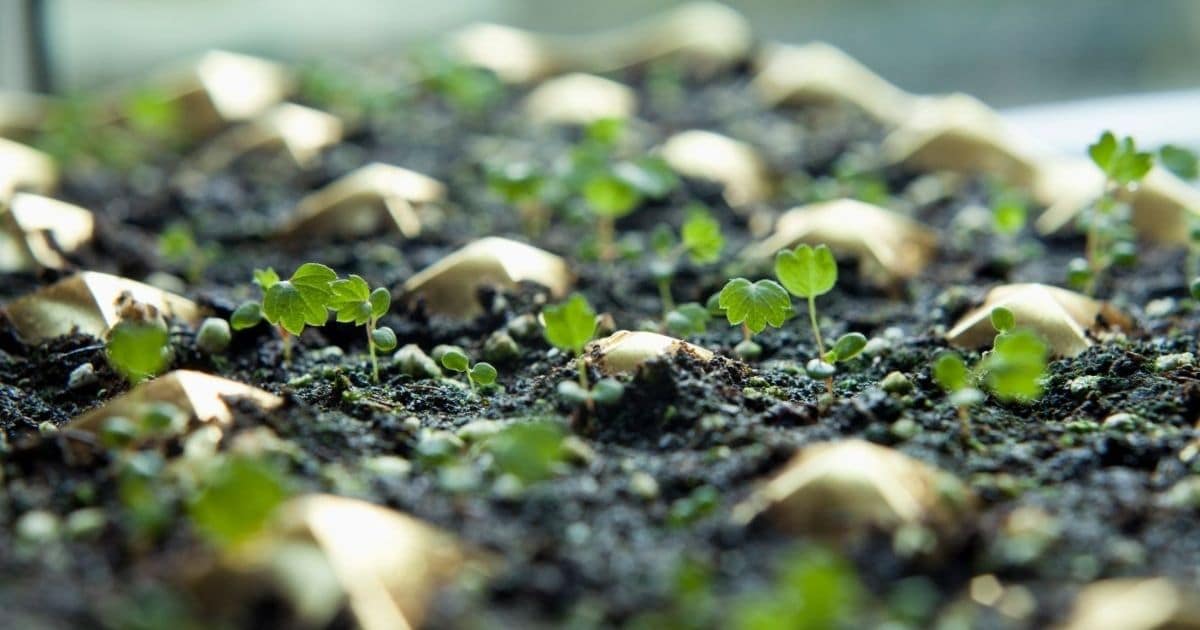
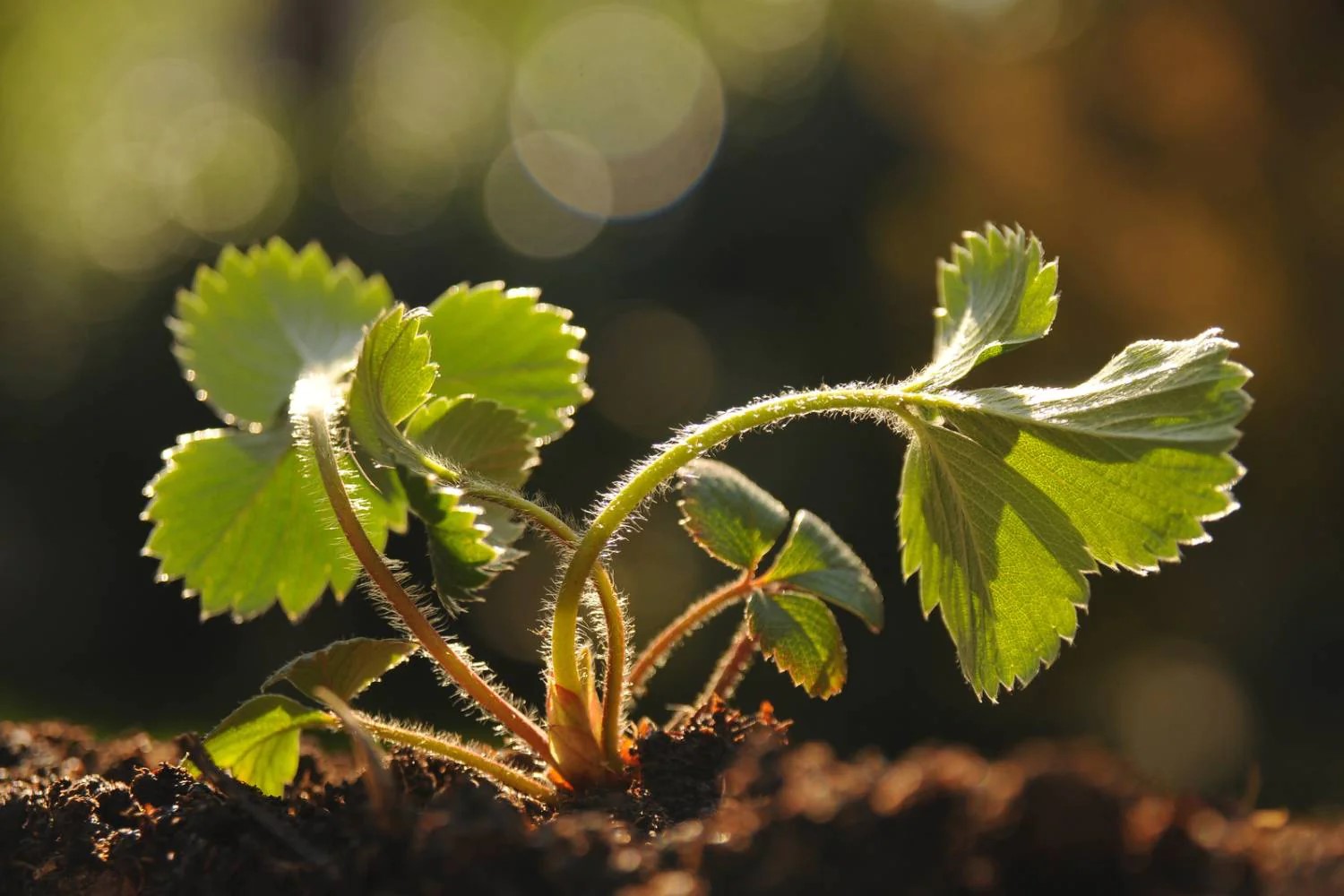
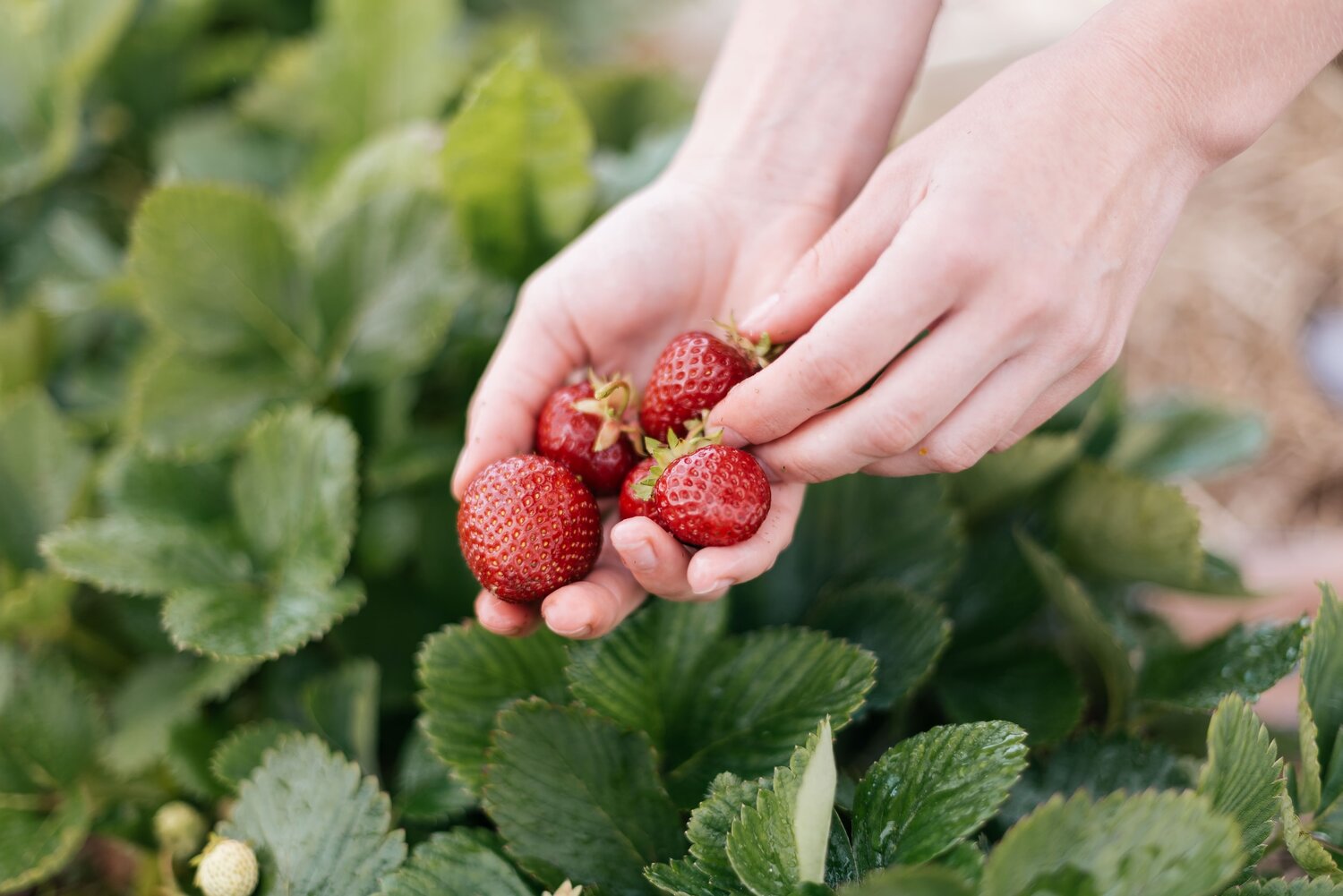
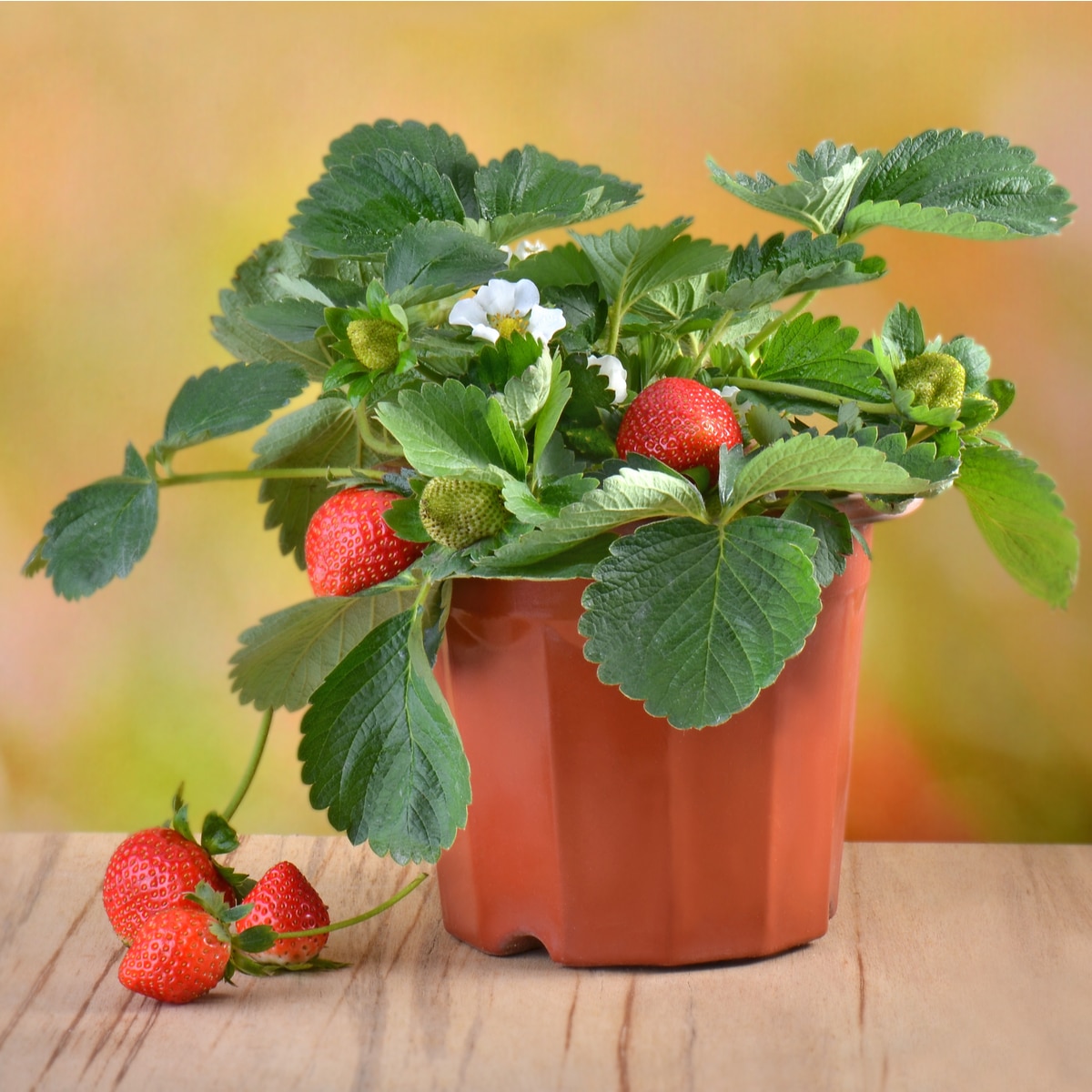
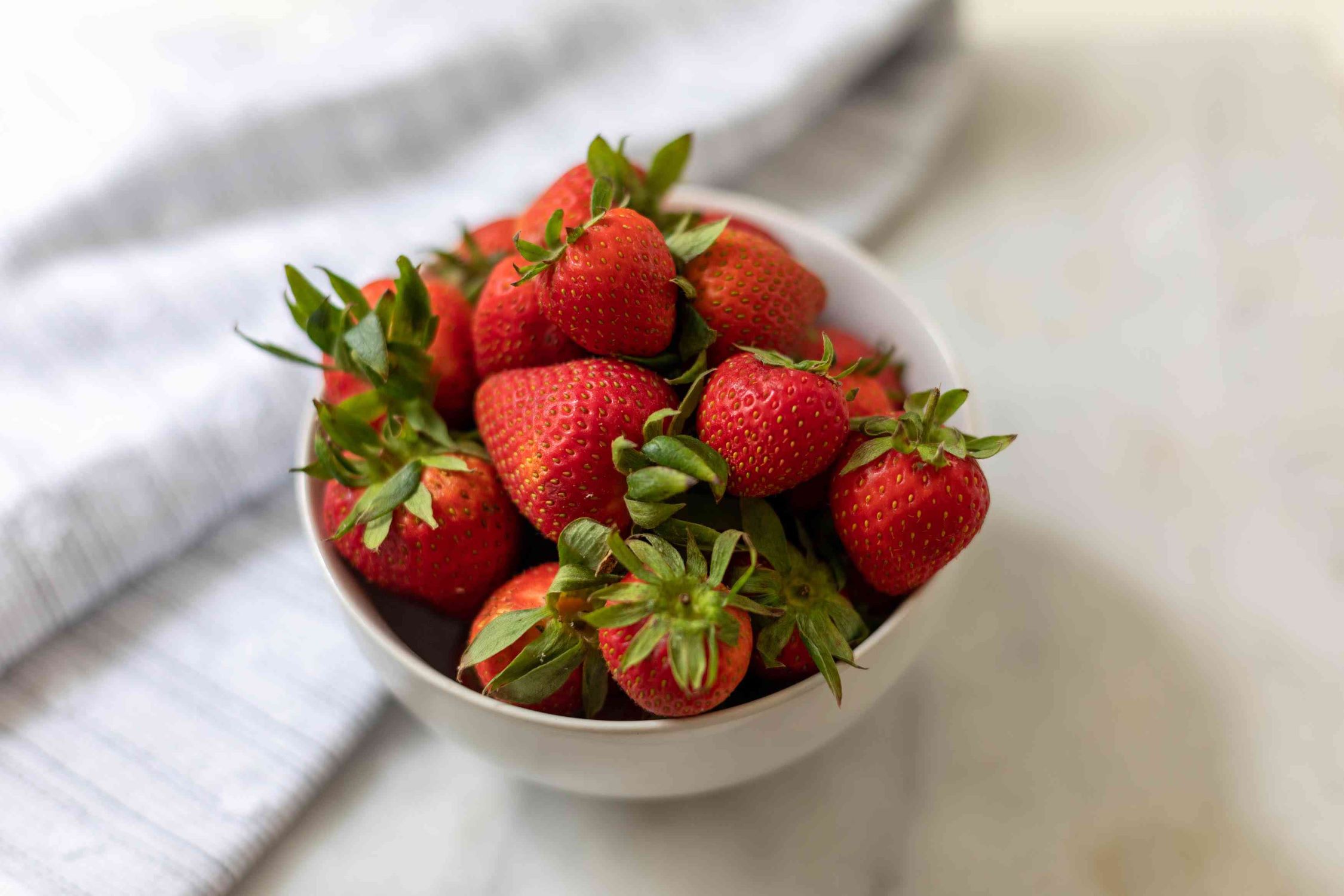
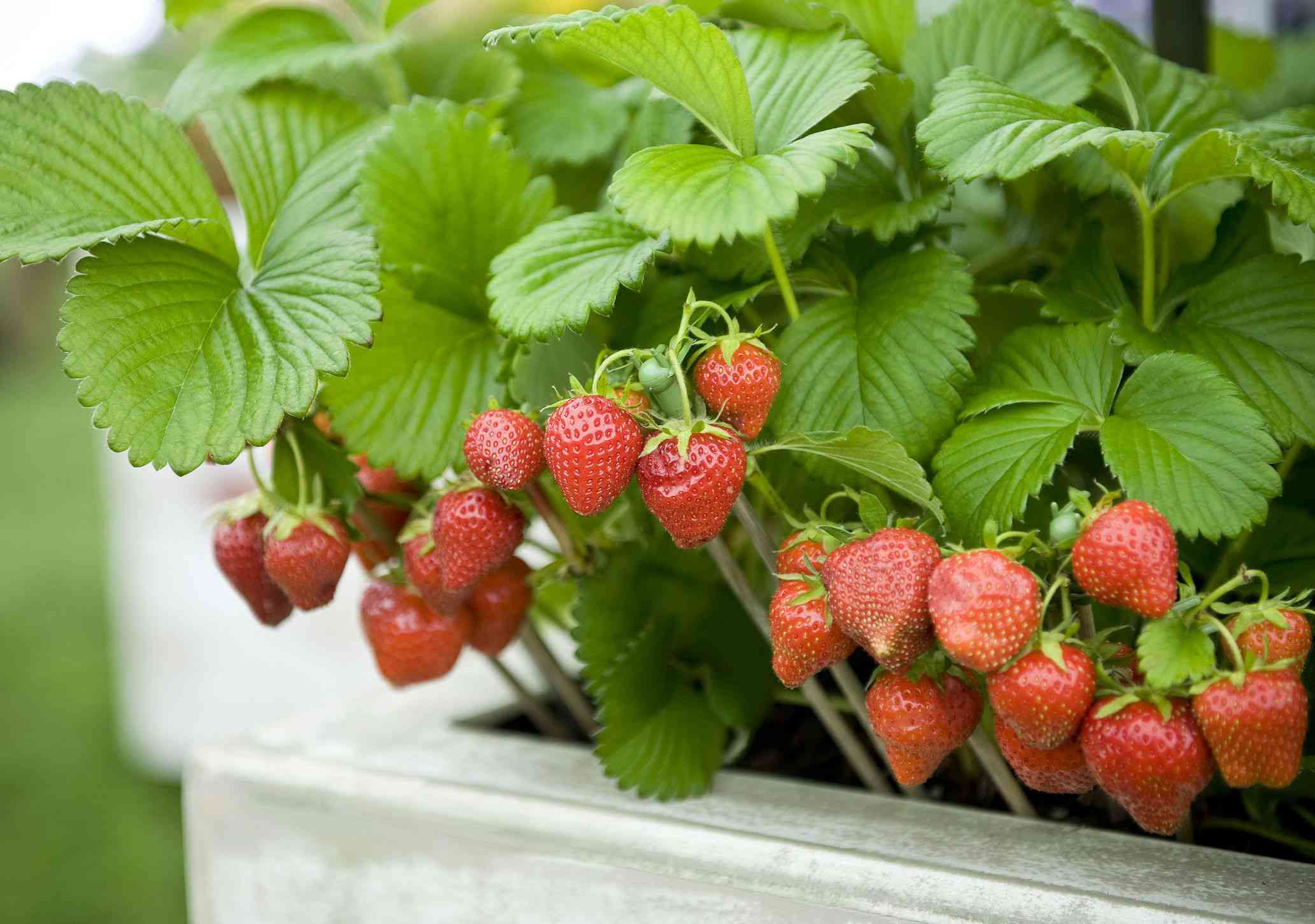

0 thoughts on “How Many Seeds In A Strawberry”